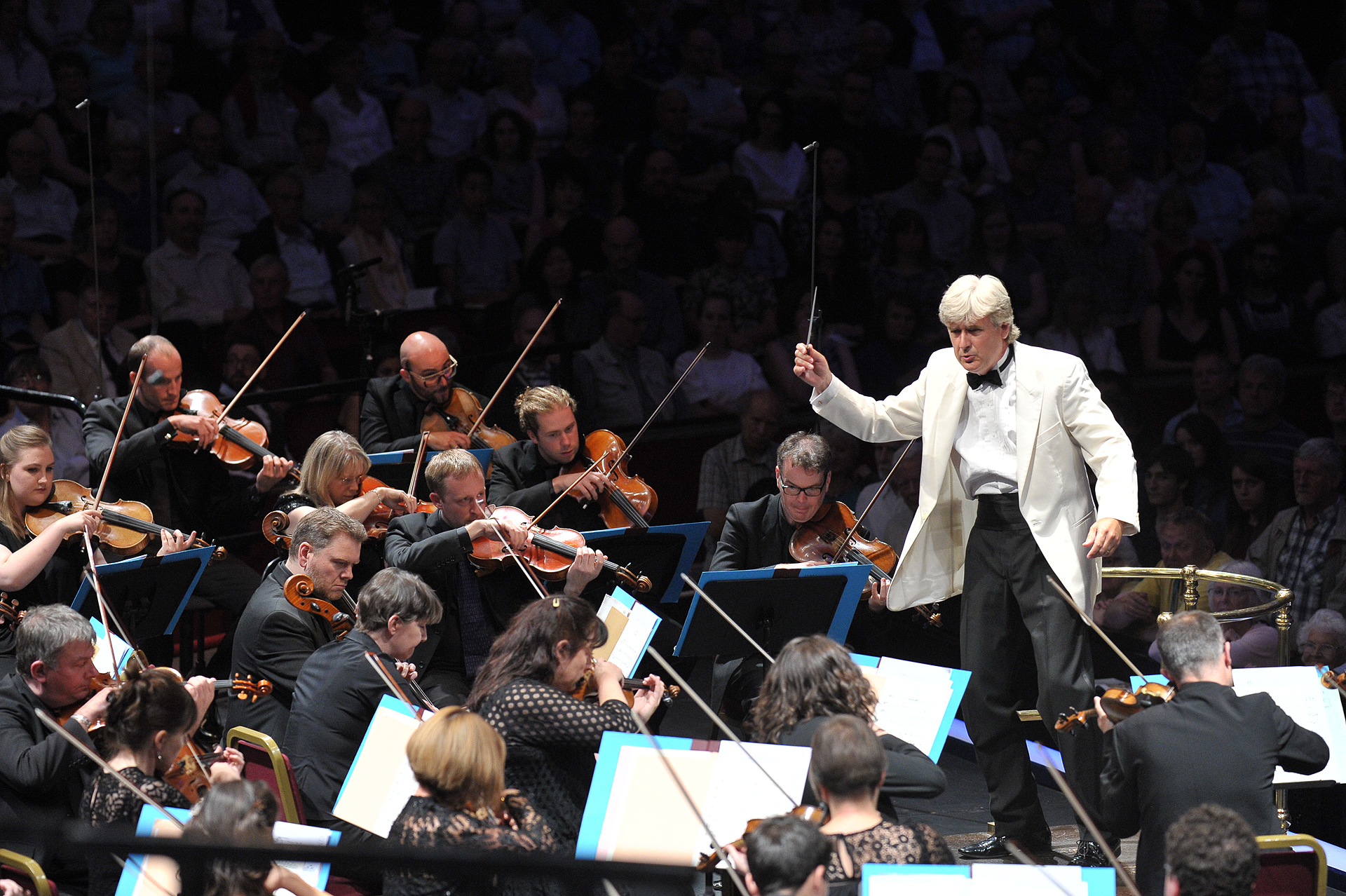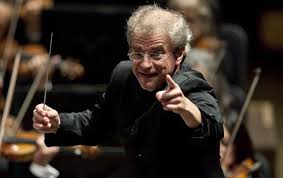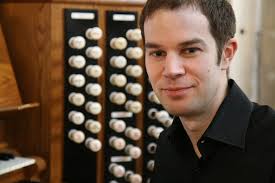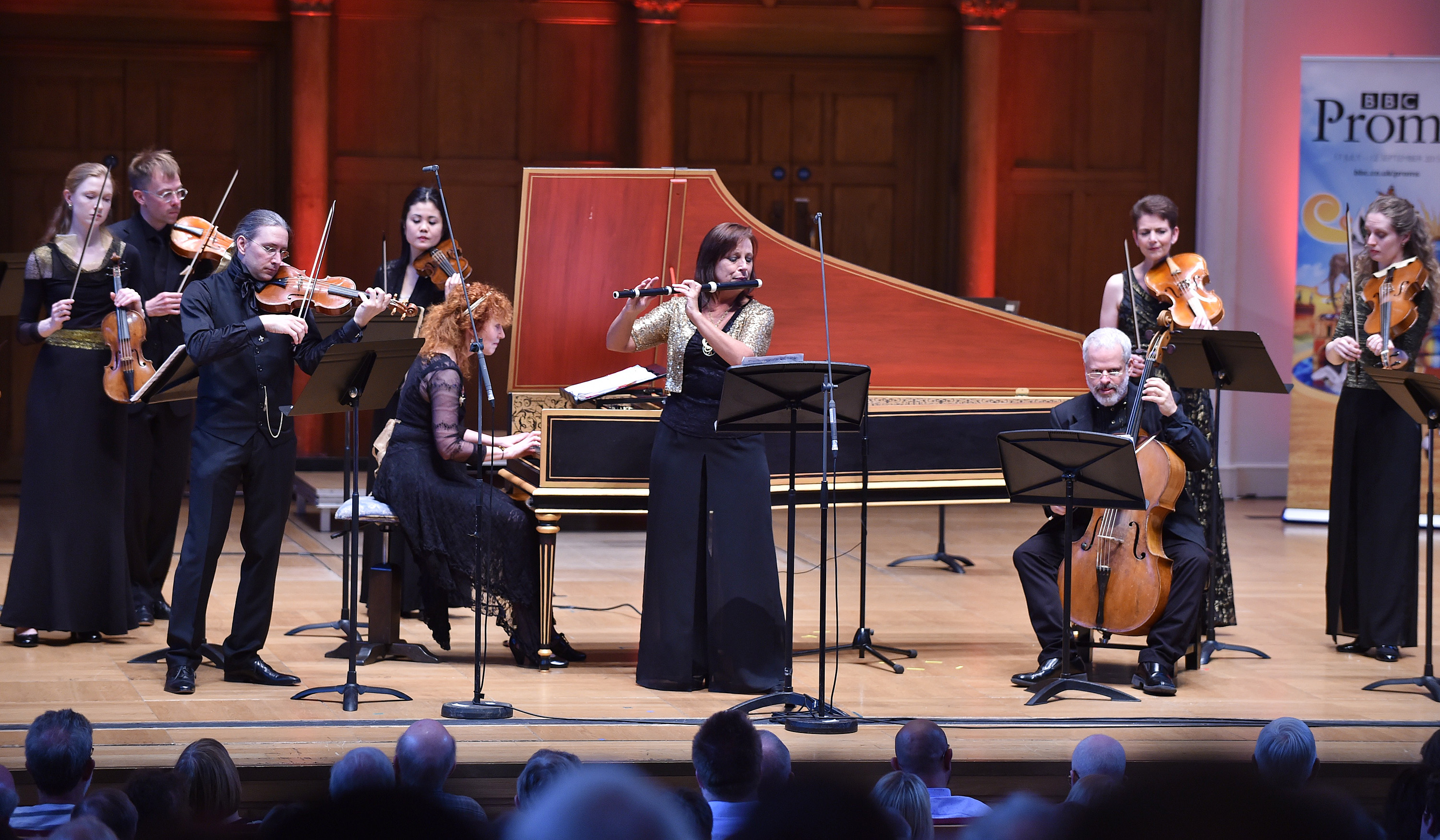15 – 17 August 2015
There have been many Sibelius Symphony Cycles over recent years and I’m lucky enough to have been at some of them. This BBC cycle was, however, rather different – two orchestras and three conductors. In what sense, other than the fact that all seven symphonies would be heard, was this to be a cohesive cycle? In the event the planning did make sense with the three conductors bringing individual strengths to the works they led.
On Saturday the BBC Scottish Symphony Orchestra was conducted by Thomas Dausgaard, taking us through the First and Second Symphonies from memory. His approach seemed to look back to the romanticism of Tchaikovsky in the warmth and wash of the phrasing. His rather flowery style meant that on occasions in the First Symphony the ensemble was not totally together and there were passages which came close to falling apart. By the end of the fourth movement the sense of direction was clearer and we were at last approaching a sense of Sibelian style rather than a generalised romanticism.
The Second Symphony fared rather better with a leanness to the opening movement but the second movement lacked bite. The fast tempi helped the final movements and the symphony reached its heroic climax with aplomb.
The evening had opened with an enthusiastic if rather heart-on-sleeve rendition of Finlandia. Thankfully Promenaders do not know the words or it could have been like Land of Hope and Glory.
On Sunday the orchestra was conducted by Ilan Volkov who brought a sense of immediacy and bite which had been missing the previous evening. It was more than just the writing itself. The Third Symphony is a world away from the Second but the clean, crisp entries and attention to rhythm meant we were in an altogether different place. It was almost as if it were a different orchestra and puts paid to any idea that the conductor does not make a difference!
The second movement brought gentle wind and a warm melancholy, followed in the third by unnerving accuracy from the brass, rising to a finely formed climax.
If the Fourth Symphony brings tiny moments of hope they are fleeting and by the end the bleakness and near suicidal depression have set in. The echoes of Parsifal are there throughout but it is music between acts two and three – there is no hope of resolution or outcome – merely a need to go on in the face of inevitable despair. All of this was magnificently found by the orchestra with superb detailing throughout.
It may have been positioning the Violin Concerto between the Third and Fourth Symphonies that gave it an unusually astringent and introspective feel. Julian Rachlin was a persuasive soloist, with an inner tension and a real sense of loss in the slow movement. The finale was chunky in approach and determined, as if it was going to be cheerful no matter what the odds.
The deeply felt encore – not by Sibelius – was a tribute to Julian Rachlin’s technical brilliance and depth of feeling.
Monday brought new forces – the BBC Symphony Orchestra under Osmo Vanska. I am lucky enough to have heard him with the Lahti Symphony Orchestra some years ago and it is fascinating how his approach to these later symphonies has matured and changed over time. The Fifth Symphony opened slowly with much menace, allowing the moments of joy and release to be all the more effective. The slow movement ached to be more romantic but could never quite tear itself away from the present, while the finale, launched with zest, came across in a flurry of energy and finely crafted climaxes.
The Sixth opened with restless energy which never quite seemed to find a sense of direction – a perfectly sound reading of the score and one which made sense of the bleakness of the second movement. If the sun comes out occasionally in the third movement it is a wintery warmth, fading rapidly. The finale was light, crisp and fresh until it dies gently away. A masterly reading and challenging at the same time.
I had never really thought of Bruckner as a potential influence on Sibelius but there were passages in the Seventh Symphony which Osmo Vanska crafted into huge, mountainous peaks, with a sustained intensity which carried the single movement through to its subdued close. Again, an unusual but convincing approach which brought the cycle to a close. I doubt if anybody except the BBC could mount a cycle like this but the outcome certainly justified the thinking behind it.






